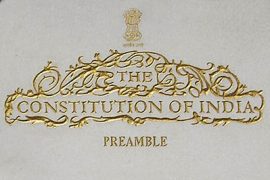The dawn of Indian cricket took place, not in India, but in Sylhet, Bangladesh. There, in the 1830s, sepoys played cricket amongst themselves – and occasionally with the British.
In one report of a match, between European officers, sepoys and members of a rival company, there is mention of a “Sepoy Soophul” whose bowling was “first-rate in both matches”. Where the sepoys played each other, the British seemed to have enjoyed watching – and the sepoys themselves enjoyed having an audience. An excerpt published in Sporting Intelligence Magazine tells the tale:
The most enthusiastic European cricketers could not have played with more energy and cheerfulness than the native sepoys did. I am not a cricketer myself, but invariably attend as a spectator when the natives are playing; the knowledge that the officers, whether playing or not, take an active interest in their performances gratifies the sepoys.
The writer had high praise for the Indian fielders and predicted that within a season or two, Indian sepoys would be very able players. From 1833-1850, sepoys in the army played matches from Cuttack, Silchar, Barrackpore, Dum Dum, Agra, Midnapore, and Sylhet. Some reports viewed the sport as essential in “improving one of the great defects so often complained of, the distance of the Europeans in the intercourse with the native.”
Copyright©Madras Courier, All Rights Reserved. You may share using our article tools. Please don't cut articles from madrascourier.com and redistribute by email, post to the web, mobile phone or social media.Please send in your feed back and comments to [email protected]











